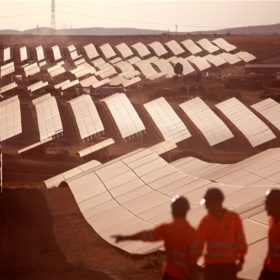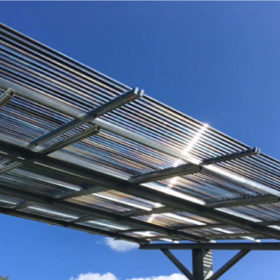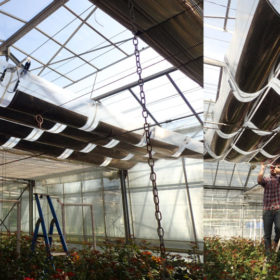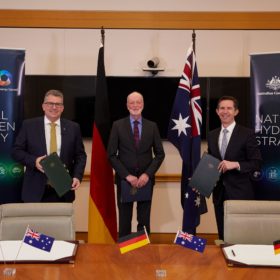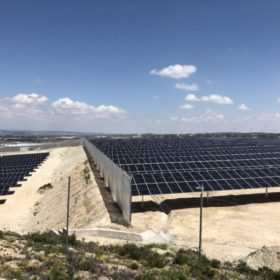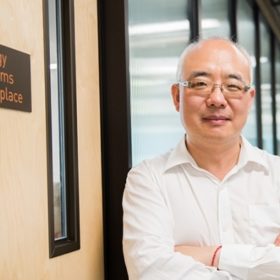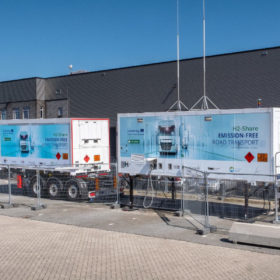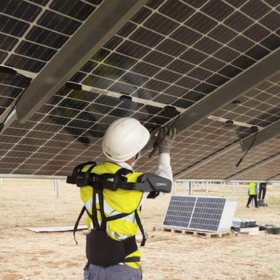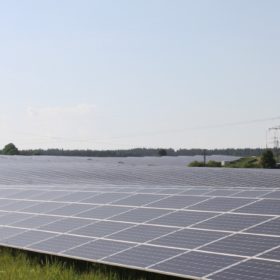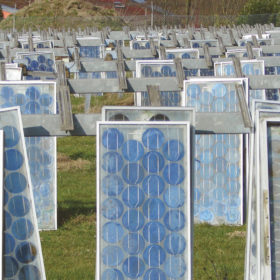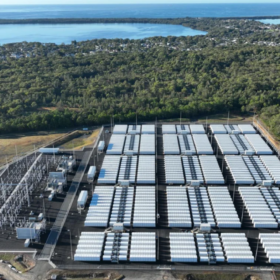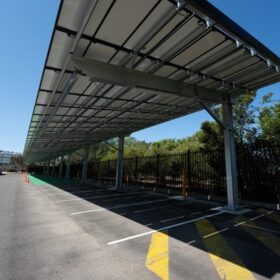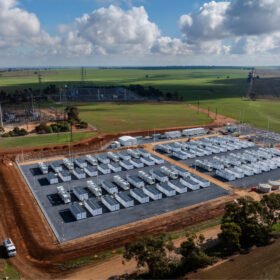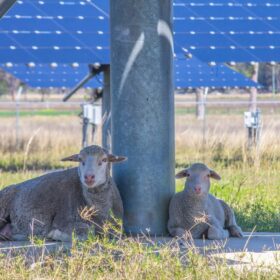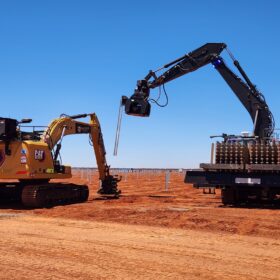Iberdrola sets up green hydrogen unit
The Spanish energy company, which has hydrogen projects under way in its homeland and the United Kingdom, says it will allocate new resources to position itself at the forefront of the supply of renewables-powered hydrogen.
Thin-film agrivoltaic solar tubes
German tech company Tube Solar AG has secured €10.8 million to develop its cylindrical agrivoltaic modules. The lightweight devices could also be used on roofs until now considered unsuitable for PV.
Photovoltaic shade for greenhouses
French start-up Solar Cloth has secured a patent for a PV shade screen for solar greenhouses.
Australia and Germany shake hands on green hydrogen future
Australia and Germany have brought their national hydrogen strategies together after signing a new agreement for a joint feasibility study into green hydrogen production and trade. The agreement was welcomed around the country as auspicious of Australia’s potential as a global green hydrogen superpower.
Windbreak walls for solar farms
Iasol has developed a new way to protect solar plants in windy conditions. The Spanish developer said the solution barely has an impact on project costs or output, while preventing expensive damages.
UNSW’s grid-guru Prof. Dong nominated for global energy gong
University of New South Wales’ Professor Joe Dong, the grid-guru overseeing some of the most innovative and integral research projects determining Australia’s trajectory to a grid energised by renewables, has been nominated for the Global Energy Prize.
Hydrogen to go
German company Wystrach has developed a 350-bar hydrogen refueling station for heavy duty vehicles which can be installed anywhere.
Exoskeletons for solar panel mounting
Endesa, the Spanish unit of Italian power group Enel, is using a new technology in the construction of three solar parks in southern Spain.
Germany to tender 18.8 GW of PV by 2028
The German government is planning to tender 5.3 GW in the rooftop segment and 13.5 GW for large-scale PV projects.
Recycling PV panels: Why can’t we hit 100%?
In February, non-profit EU solar panel recycling body PV Cycle announced it had collected 5,000 tons of modules in France, of which 94.7% could be recycled. A reader asked us about the remaining 5.3% and here, PV Cycle’s communications manager, Bertrand Lempkowicz, responds.
